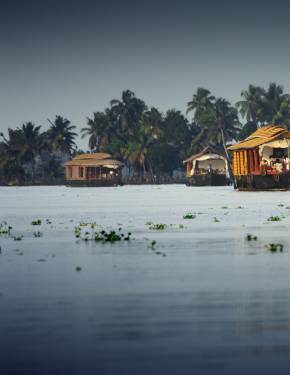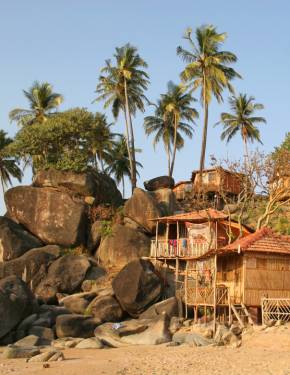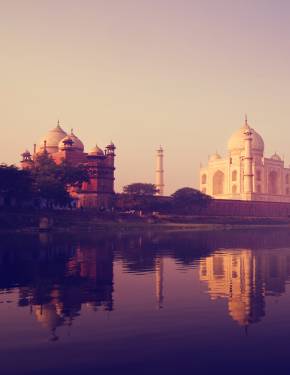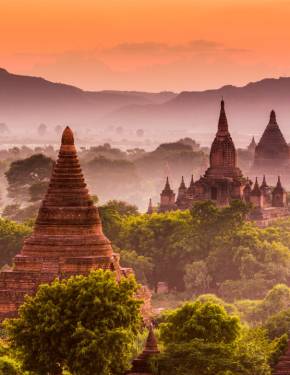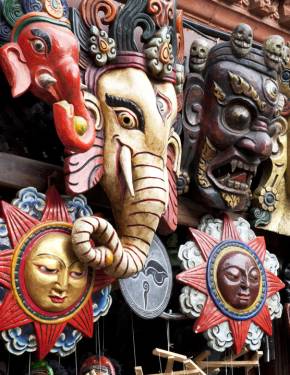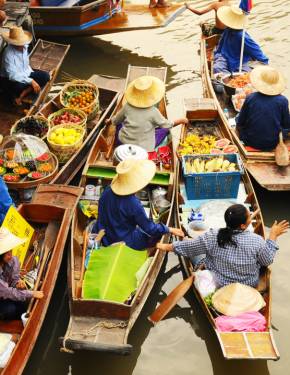Best time to visit Sri Lanka
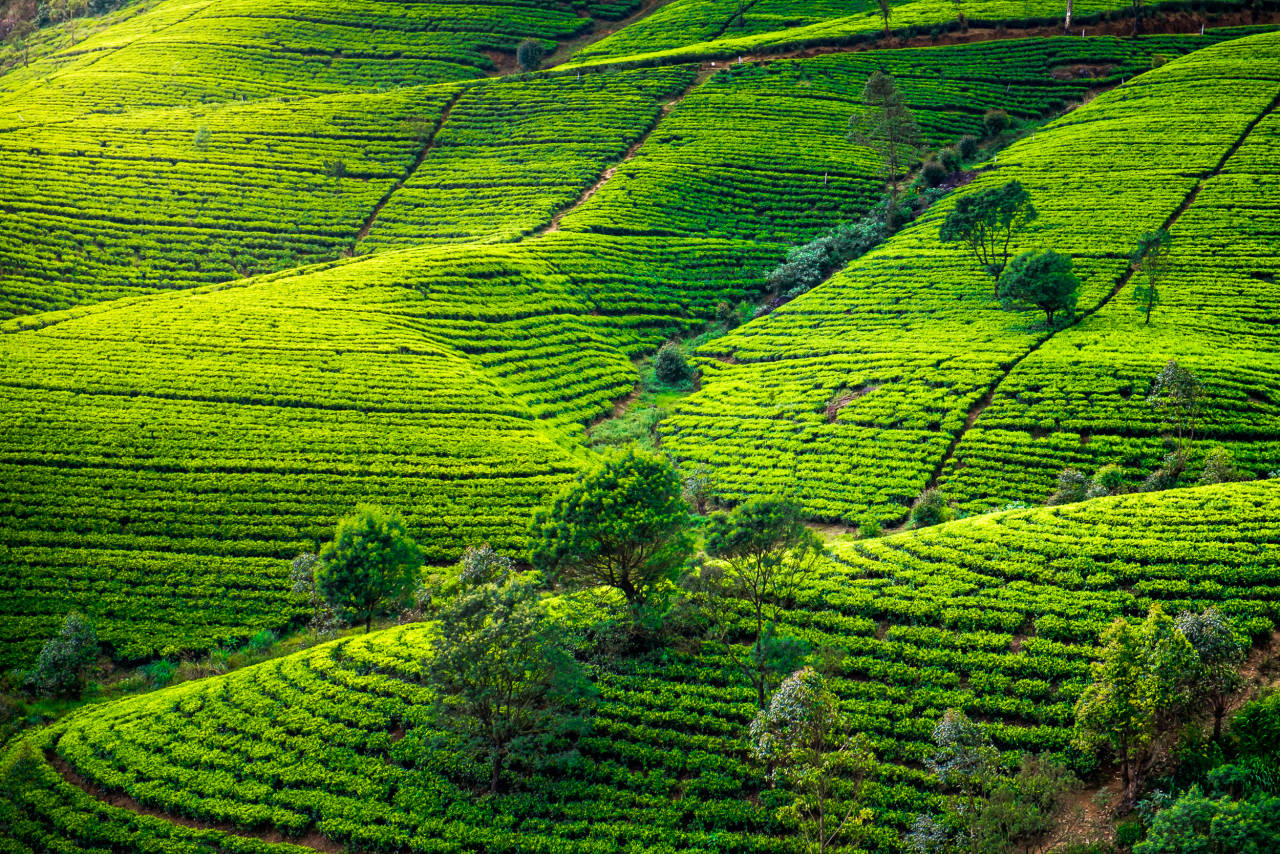
Best time of year to visit Sri Lanka
Although the island is considered to be a year-round destination, the best time to visit Sri Lanka depends on the region you are heading to. As it's a tropical country, you can expect rain any time of the year, but there is a monsoon pattern to choose the right place and time. December through April is a prime tourist season when southern and western territories (including Colombo) enjoy the best weather. December and January in Sri Lanka are pleasant but also the busiest, especially for Christmas and New Year, so book early. Winter and spring in southwestern part is a good time for exploring Adam's Peak, and for those on the coast—snorkelling and whale watching. Southwest monsoon hits this area in May–September, but showers are usually sharp and short. Northeast monsoon prevails on the east coast in October–February, and the best season there runs from May through September. Late summer is the time to witness elephant gathering at the Minneriya Lake. If you happen to be in Central Sri Lanka in summer, join the Kandy Esala Perahera festival, one of the oldest of Buddhist festivals in the country.
21 THINGS TO DO IN SRI LANKA (AUGUST 04 - AUGUST 13)
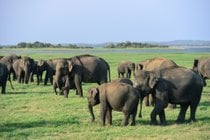
Elephant Gathering
Around 300 elephants gather at the banks of Minneriya Lake

Cocoa
Have you ever wondered what chocolate is made of? Now is the time to see a cocoa bean!

Leopard Safari
To watch leopards in the wild is definitely an experience of a lifetime

Whale Watching
Sri Lanka is fortunately situated at a vantage point to observe whales

Surfing
Arugam bay is the most famous surfing spot

Uva Tea Harvest
Uva is probably the most famous tea producing region
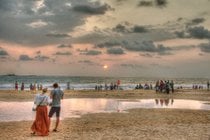
Beach Season on East Coast
The beautiful beaches of east coast are perfect for relaxation

Diving the North East Coast
Warm waters of Indian ocean promise incredible diving
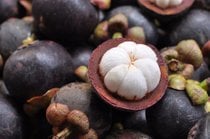
Mangosteen
Often called the Queen of fruits, mangosteen is a total delight
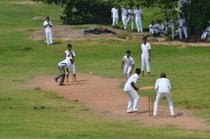
Cricket
Sri Lanka has one of the strongest national teams for cricket. It's one of the most popular sports on the island
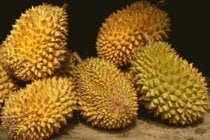
Durian
Introduced during the British colonial times, durian grows only in the southern part of the country
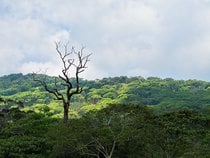
Sinharaja Rainforest
With its unique biodiversity, this nature preserve is one of the last virgin rainforests on Earth
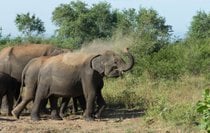
Elephant Safari in Udawalawe National Park
One of the three most popular national parks of Sri Lanka is famous for its elephants
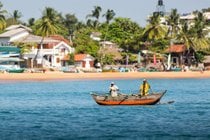
Deep Sea Fishing on the East Coast
Fishing on the East Coast depends on monsoons
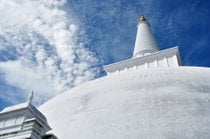
Anuradhapura
An ancient capital and UNESCO World Heritage site

Sigiriya
A mystical fortress built over the Lion Rock
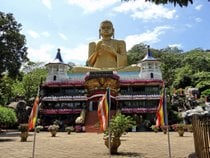
Dambulla Cave Temple
Prehistoric cave, a UNESCO World Heritage Site, reflects the centuries of human culture
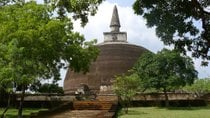
Polonnaruwa
Part of Sri Lanka's famous Cultural triangle and UNESCO World Heritage list
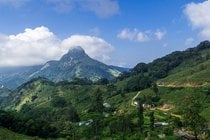
Trekking in the Knuckles Range
Untouched UNESCO World Heritage site is indeed a trekker's paradise
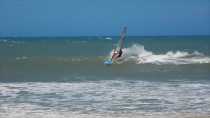
Windsurfing and Kitesurfing
Surf all year round in Sri Lanka boasting nice winds and waves on both coasts

Rambutan
During this period, you can try one of the sweetest fruits, sold everywhere
20 THINGS TO DO OUT OF SELECTED DATE RANGE
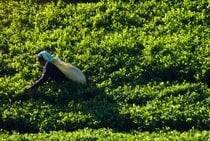
Tea Harvest
out of rangeSri Lanka is well known for its suberb tea, which is the main agricultural crop in many provinces
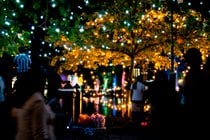
Vesak Festival
out of rangeBoth religious and cultural, the festival adorns the country

Kandy Esala Perahera
out of rangeCelebrated to pay respect to the Sacred Tooth Relic of Buddha in Kandy
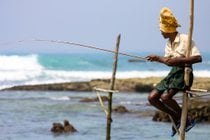
Stilt Fishing
out of rangeOnce this kind of fishing was a necessity, now it is fading away
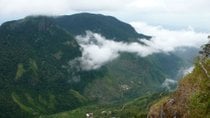
Horton Plains
out of rangeHave you ever wondered where does the world end? See the World's End at the Horton Plains
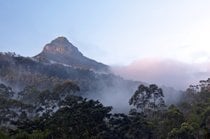
Adam's Peak Pilgrimage
out of rangeThe destination for followers of different religions, Adam's Peak or Sri Pada is surrounded by legends
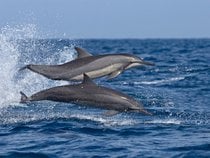
Dolphins Watching
out of rangeSri Lanka can boast having the best spots for watching dolphins!
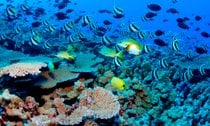
Diving in the West and South West
out of rangeYou can visit some awesome diving spots close to Colombo
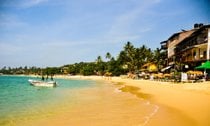
Beach Season on South and West Coast
out of rangeDue to monsoons, beach seasons vary depending on the area you are in

Sinhala & Tamil New Year (Avurudu & Puthandu)
out of rangeA traditional holiday of Aluth Avurudda & Puthandu is equally important for Sinhalese and Tamil people of Sri Lanka

Turtle Watching
out of rangeThere are at least seven species of sea turtles that hang out on the shores of Sri Lanka to nest
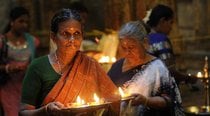
Deepavali (Diwali)
out of rangeTamil people of Sri Lanka celebrate the most significant Hindu holiday
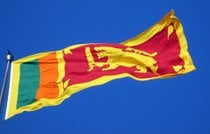
Independence Day
out of rangeA celebration of the day that Sri Lanka was no longer a colony
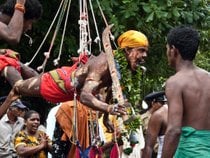
Colombo Aadi Vel Festival
out of rangeA colourful religious ceremony honouring the Hindu God of War with offerings and piercings
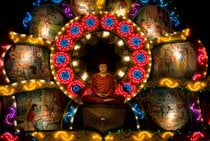
Poson Poya
out of rangeThe celebration of the arrival of Buddhism in Sri Lanka
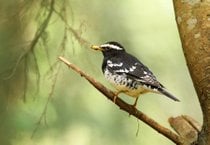
Birdwatching
out of rangeMigratory birds as well as those who can call Sri Lanka home, will impress any bird watching enthusiast
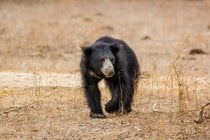
Sloth Bear
out of rangeThese cute bears are best seen during the palu fruit season!
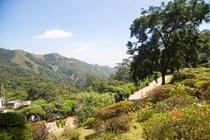
Hakgala Botanical Gardens
out of rangeVisit Hakgala Botanical Gardens to get a glimpse of Sri Lanka's natural beauty
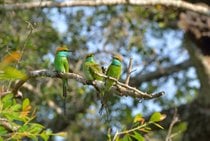
National Bird Watching Month
out of rangeExplore the wonderful feathered species of Sri Lanka during a special birding event

Avurudu Table
out of rangeThe New Year table in Sri Lanka consists of many traditional sweet dishes
